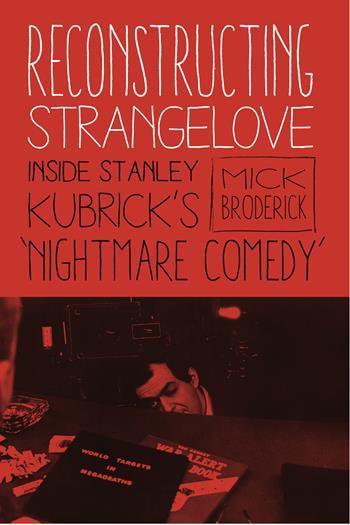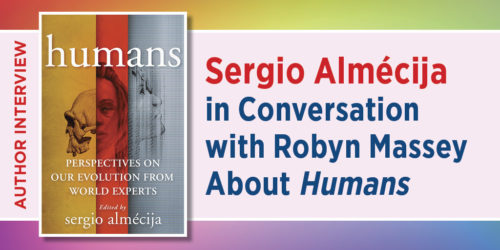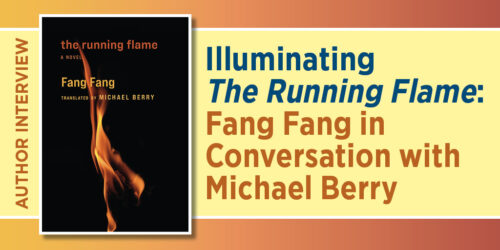Reconstructing Strangelove
The following is an interview with Mick Broderick, author of Reconstructing Strangelove: Inside Stanley Kubrick’s “Nightmare Comedy”:
What attracted you to this project and how did it evolve over time?
I grew up in Australia during the 1960s, so I was a cold war kid. The year I was born (in Melbourne), Stanley Kramer brought Gregory Peck, Ava Gardiner, Fred Astair, Anthony Perkins and Donna Anderson to town to film On the Beach. It was a big deal for the Australian postwar generation as it seemed to put Melbourne on the map. At that time Australia was awash with the cultural – and increasingly the political – influence of America, from Hollywood movies and rock and roll to controversially partnering with the USA in the war in Vietnam. As a child I was fascinated by the science fiction and espionage shows that Australian television ran. I saw endless re-runs of programs such as The Outer Limits, Voyage to the Bottom of the Sea, The Man from U.N.C.L.E. and Mission Impossible. I was also part of the ‘sick’ generation, growing up with Mad magazine and the deliberate campiness of the Batman series. At some point I realized that many of these TV programs involved plots about nuclear weapons and related atomic technologies. Sometime in the 1970s while in my early teens I saw Dr. Strangelove on commercial television and remember being simultaneously enthralled by the suspense, and simultaneously amused by the comic antics and sexual jokes that my pubescent mind strove to make sense of. Later, repeated viewings of Kubrick’s film on TV during the era of Watergate, rapprochement with China and the Soviets, and the withdrawal from Vietnam confirmed for me the outrageous hilarity of Strangelove’s script and its ongoing relevance.
The idea for a comprehensive, historical book on Dr. Strangelove stemmed from merging my twin interests in nuclear history and screen studies. In 1982 I had written a large undergraduate thesis on auteurism and Stanley Kubrick’s oeuvre. I followed this up with a postgraduate thesis that analyzed what I called “nuclear movies” as a genre, including a chapter on Dr. Strangelove. In 1988 I published the first detailed reference work on atomic themes in cinema, Nuclear Movies, and updated this in 1991, cataloguing nearly a thousand feature-length dramas from around the world. I dedicated the book to Kubrick, “who taught me to start worrying”. Of all the nuclear movies I watched Strangelove seemed unsurpassed in capturing the essence of the nuclear mindset, not only throughout the cold war but a mindset still with us today.
What was your biggest surprise in writing the book?
I was staggered to learn that Kubrick had made concrete plans to relocate to Australia with his family in order to avoid what he anticipated would be a thermonuclear war between the U.S.A. and U.S.S.R. in the early 1960s. This was no flight of fancy. While deeply immersed in the vexed problem of the “thermonuclear dilemma,” Kubrick saw the rising tensions in Berlin and what led to the Cuban Missile Crisis as the most dangerous period in humankind, and he was right! Throughout 1961-62 Kubrick liaised with Australian embassy officials, banks and tax advisors on his imminent move ‘downunder.’ He sought out information concerning possible projects, including the story of Ned Kelly, a notorious 19th Century bush-ranger. Kubrick calculated that Perth (the capital of Western Australia, where I currently live), would be the least likely location affected by fallout or prone to a Soviet attack. He established bank accounts and transferred funds. He obtained visas for himself, his wife and three daughters and was all set to go. Famous for not flying, Stanley had bought tickets on a cruise ship, but when he found out that he would have to share a bathroom, the trip was off! Apparently the idea of spending months at sea sharing toilet space with complete strangers was intolerable; he would much rather face thermonuclear war. But as his wife Christine recalled with some amusement, by that point the tension in Berlin has subsided.
I’ve pondered as a counterfactual history, in some parallel quantum universe, that Kubrick made it to Australia in late-1962 and set about producing a Strangelove-esque satire, but as he entered pre-production, the northern hemisphere was tragically and ironically engulfed in a thermonuclear war sparked by mistakes made in Berlin or Cuba. Had Kubrick completed such a film from the relative safety of Australia, his primary audience would no longer exist to see it.
The book draws from a considerable range of primary materials. How did you get access to these?
A year or two after Stanley Kubrick’s death in 1999, I contacted his eldest daughter, Katharina, through a newsgroup dedicated to Kubrick’s work. Katharina had engaged with this list to publicly dispel various rumors and factual errors about her father that had long circulated in the media. Katharina kindly arranged for me to pitch my manuscript proposal to her mother, Christiane, who accepted the idea and after the estate had managed to begin cataloguing the voluminous boxes of the filmmaker’s files and documents, I spent a fortnight researching at the family home north of London in April 2005. Around the same time I undertook research in the USA where I interviewed Kubrick’s early career producer-partner, James B. Harris, and his long-time attorney, Louis C. Blau. I also met and interviewed screenplay co-author Terry Southern’s wife Carol and son Nile. This led to further interviews with Strangelove film editor Anthony Harvey and titles and “pie fight” cut-up advertising artist Pablo Ferro. While in the U.K. I interviewed David George, the son of co-screenplay author Peter George (aka Peter Bryant), who had written the source novel for the movie (Red Alert aka Two Hours to Doom). Both David George and Nile Southern generously provided assistance in accessing their respective father’s archives.
Tell us something about your book’s historical veracity?
One of the benefits of Reconstructing Strangelove’s long gestational development was that as the years passed more and more historical material came to light from multiple, and sometimes unexpected, sources. From the late-1990s I had been following the post-cold war document declassifications being released online by the wonderful National Security Archive in Washington DC. When I learned in 2001 that President Dwight Eisenhower had issued a Top Secret pre-delegation authority to lower echelon commanders permitting them to “expend” nuclear weapons, it became crystal clear to me that George and Kubrick had legitimately premised their story upon an entirely plausible scenario – one where a paranoid U.S. Air Force general could unilaterally order his wing of B-52s to bomb Russia with thermonuclear weapons.
Another fundamental element of the Strangelove plot involved the concept of a special code used to safeguard nuclear weapons and that a dedicated radio communications device aboard the B-52 would interact with the arming mechanism. At the time of the film’s development through to theatrical release this officially unacknowledged mechanism was highly sensitive information and classified. The U.S. Air Force persuaded Columbia Pictures, the film’s backer and distributor, to add a silent rolling title at the beginning of the film boldly stating that the Air Force safeguards would prevent the events depicted in the film from ever occurring. We know now, from repeated declassifications of important departmental and agency records, and from oral histories, that this claim was patently false.
As part of his extensive research Kubrick had amassed a substantial library of works on nuclear and military strategy. He had met with key theorists in the field, including Thomas Schelling, Alastair Buchan and former RAND Corporation analyst Herman Kahn. Alongside Peter George’s practical military experience and service contacts in NATO, Kubrick had the ear of numerous experts but he had himself become highly proficient in comprehending and communicating the paradoxical, if not absurd, complexities of nuclear brinkmanship. A good deal of the genius of Dr. Strangelove, and its continued relevance today, stems from the film’s attention to detail, not only in historical accuracy and production design, but in the perverse and pervasive discourse of nuclear strategy.





